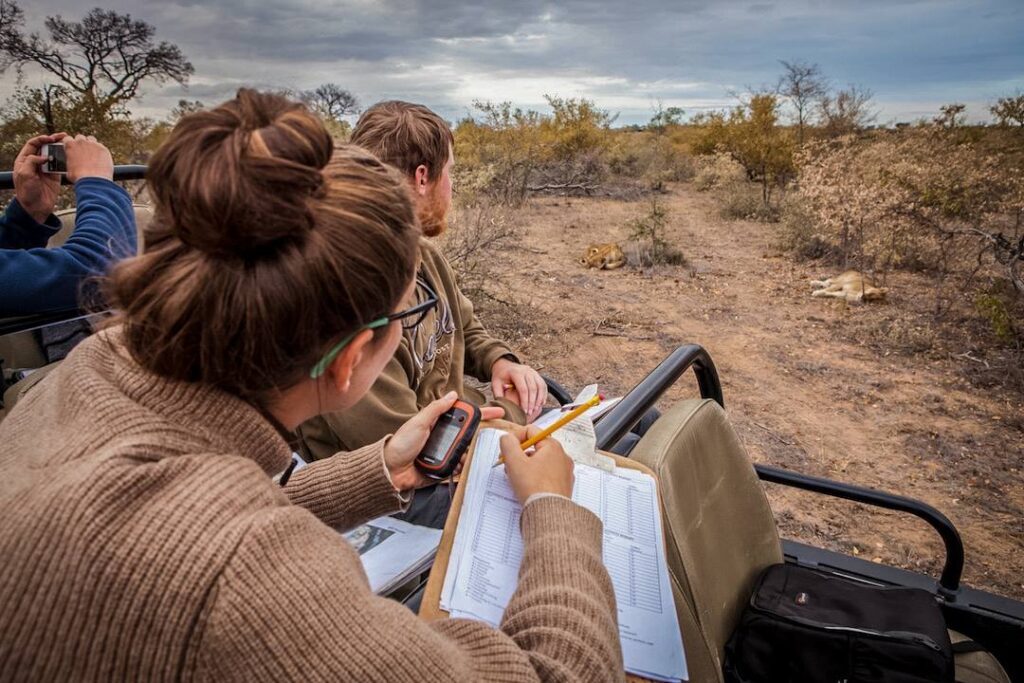Wildlife research involves the study of various aspects of wild animals and their habitats. It aims to understand the behavior, ecology, distribution, and interactions of different species in their natural environments. Wildlife researchers may focus on a wide range of topics, including conservation, population dynamics, migration patterns, habitat preferences, reproductive biology, and the impact of human activities on wildlife.
Here are some key aspects of wildlife research:
- Conservation Biology: Wildlife research plays a crucial role in understanding endangered species and developing conservation strategies to protect them. Researchers study the population size, genetic diversity, and habitat requirements of endangered species, as well as the threats they face, such as habitat loss, climate change, poaching, and pollution.
- Field Surveys and Monitoring: Field surveys involve collecting data on wildlife populations through various techniques, such as visual surveys, camera traps, radio telemetry, and acoustic monitoring. These surveys help researchers estimate population sizes, track movements, monitor behavior, and assess the health of individuals and populations over time.
- Ecological Studies: Wildlife researchers investigate the ecological relationships between species and their environment. They study predator-prey interactions, competition for resources, trophic cascades, and the impact of disturbances, such as fire or invasive species. This research helps in understanding the functioning of ecosystems and how wildlife populations respond to environmental changes.
- Migration and Movement Patterns: Many species undertake long-distance migrations or exhibit specific movement patterns. Researchers use techniques like satellite tracking, GPS tagging, and stable isotope analysis to study migration routes, timing, and the factors influencing movement behavior. This information is crucial for conservation planning and understanding the connectivity of different habitats.
- Disease Surveillance: Wildlife research also involves monitoring and studying wildlife diseases. Researchers investigate the prevalence, transmission, and impact of diseases on wildlife populations. This research helps in identifying emerging diseases, understanding host-pathogen dynamics, and developing strategies for disease management and prevention.
- Genetics and Molecular Ecology: Advances in molecular techniques have revolutionized wildlife research. Genetic analysis helps researchers understand population structure, genetic diversity, and relatedness among individuals. It provides insights into the evolutionary history and adaptive potential of species and helps in designing effective conservation strategies.
- Impact of Human Activities: Human activities, such as urbanization, agriculture, hunting, and climate change, can have significant impacts on wildlife populations. Researchers study the effects of these activities on wildlife behavior, abundance, and distribution. They also assess the effectiveness of conservation interventions and management practices.
- Data Analysis and Modeling: Wildlife research often involves analyzing large datasets and applying statistical models to interpret the collected information. Researchers use statistical techniques, geographic information systems (GIS), and computer modeling to understand complex ecological processes, predict population trends, and assess the potential outcomes of different management scenarios.
Wildlife research is essential for understanding the natural world, conserving biodiversity, and managing ecosystems sustainably. It provides valuable insights for policymakers, land managers, and conservation organizations to make informed decisions and protect wildlife and their habitats.

